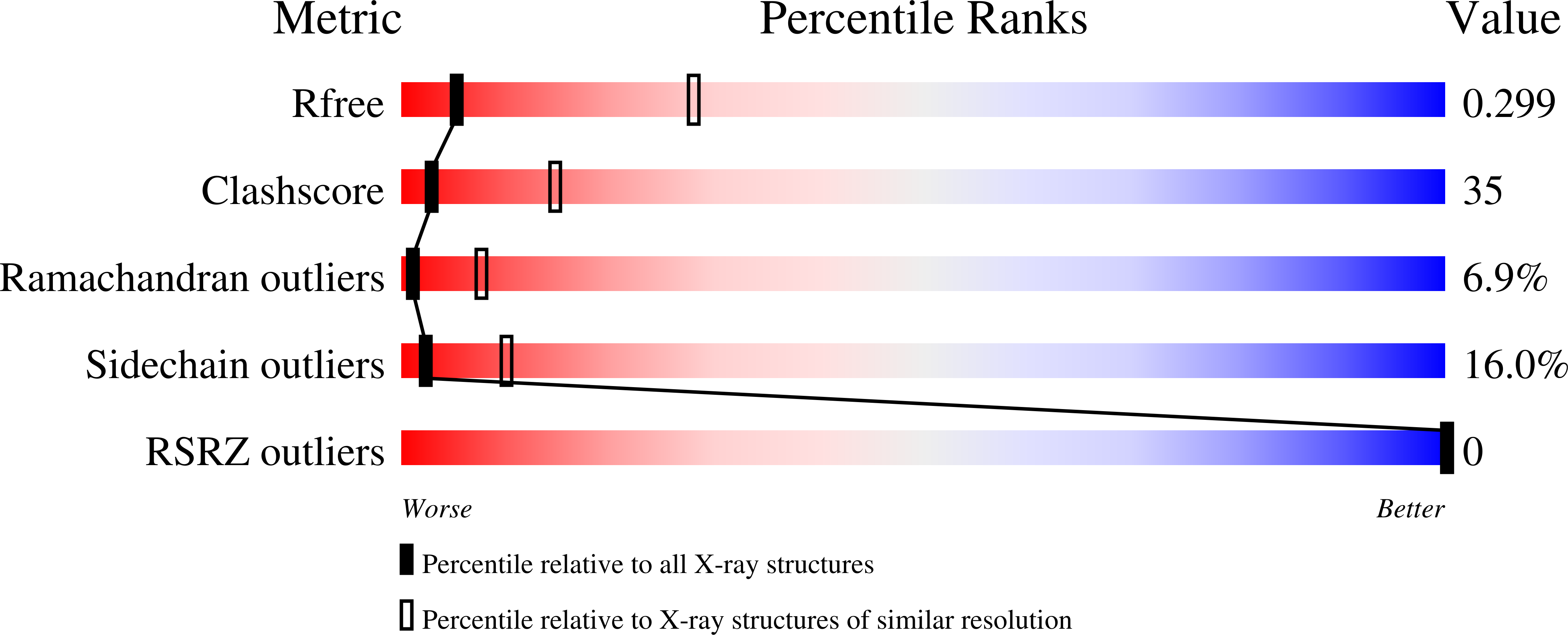
Deposition Date
2006-12-14
Release Date
2007-01-16
Last Version Date
2024-11-06
Entry Detail
PDB ID:
2O9X
Keywords:
Title:
Crystal Structure Of A Putative Redox Enzyme Maturation Protein From Archaeoglobus Fulgidus
Biological Source:
Source Organism:
Archaeoglobus fulgidus (Taxon ID: 2234)
Host Organism:
Method Details:
Experimental Method:
Resolution:
3.40 Å
R-Value Free:
0.28
R-Value Work:
0.23
R-Value Observed:
0.23
Space Group:
P 65 2 2


